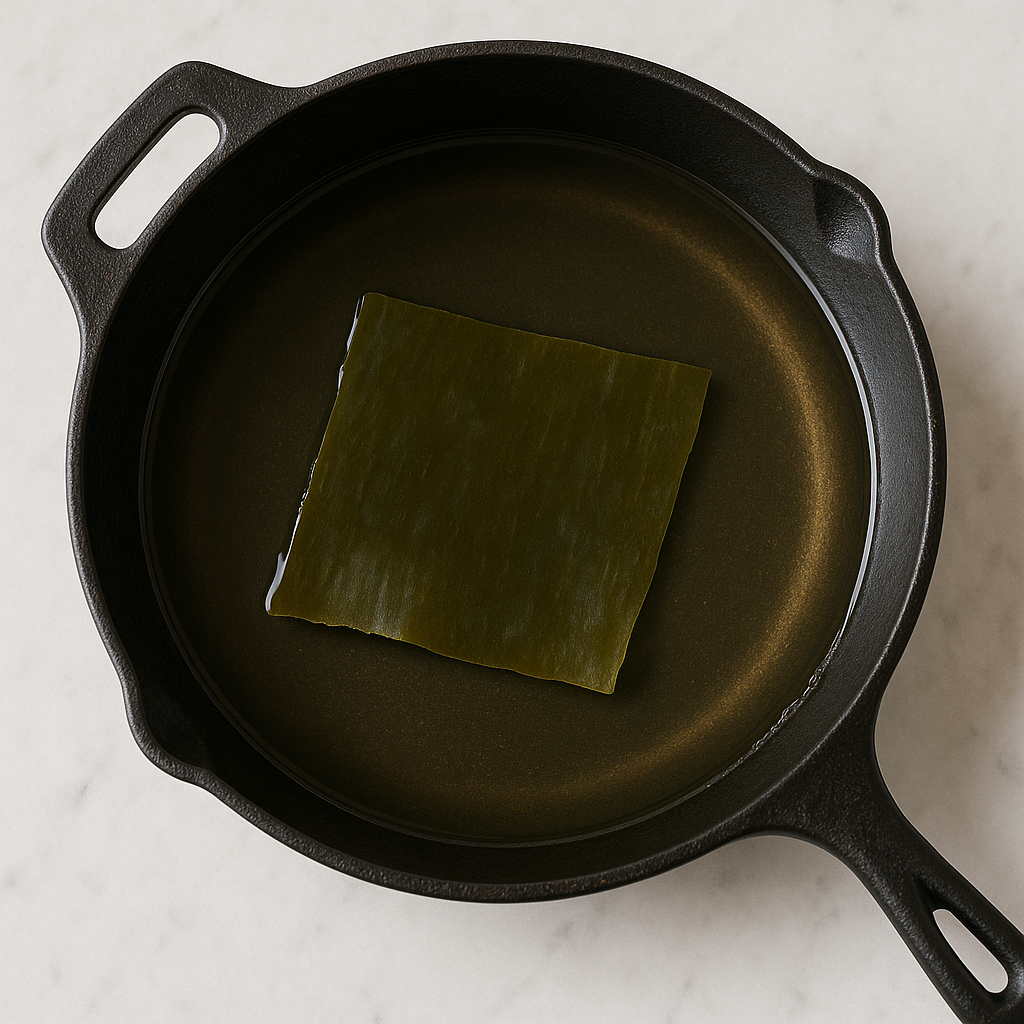Tteokbokki (Spicy Korean Rice Cakes)
Tteokbokki is Korea’s ultimate street food comfort dish—sweet, spicy, chewy, and totally addictive. These soft rice cakes simmer in a fiery gochujang-based sauce that’s bold, savory, and just a little sweet. Whether you’re snacking late at night or need a quick weeknight fix, this iconic dish brings the heat and hits all the cravings.
It’s easy to see why tteokbokki (떡볶이) has become a global favorite: It’s fast, satisfying, and endlessly customizable. Want to toss in fish cakes, ramen noodles, or even cheese? Go for it. This dish is meant to be fun, fast, and full of flavor. So cook it already!
Why You’ll Love This Tteokbokki
Chewy, spicy, and saucy – the perfect balance of heat and sweetness
Ready in 20 minutes – quick enough for a weeknight, tasty enough for a party
Customizable – add fish cakes, eggs, ramen, or even mozzarella
Total comfort food – like Korean mac and cheese, but spicier
Ingredients
1 lb (450g) Korean rice cakes (tteok) – oval or cylinder-shaped
4 cups water
1 sheet dried kelp (dashima) – about 4x5 inches
4–5 pieces fish cakes, cut into bite-sized pieces
1 medium onion, sliced
2 green onions, chopped
1–2 boiled eggs (optional but recommended)
Sauce:
3 tablespoons gochujang (Korean red chili paste)
1 tablespoon gochugaru (Korean red pepper flakes)
1 tablespoon soy sauce
1 tablespoon sugar
1 teaspoon minced garlic
How to Make Tteokbokki
1. Soak the Rice Cakes. If your rice cakes are refrigerated or frozen, soak them in warm water for about 10–15 minutes to soften.
2. Make the Broth. In a wide pan or shallow pot, add 4 cups of water and the dried kelp. Bring it to a boil, then remove the kelp after about 5 minutes. This builds a subtle umami base without overpowering the sauce.
3. Build the Flavor. Add all the sauce ingredients to the broth—gochujang, gochugaru, soy sauce, sugar, and garlic. Stir well until fully dissolved and evenly mixed.
4. Add Everything In. Drop in the rice cakes, sliced onion, and fish cakes. Stir occasionally and let it simmer over medium heat for about 10–15 minutes, or until the sauce thickens and the rice cakes turn chewy and soft.
5. Finish with Green Onions. Add chopped green onions and boiled eggs during the last few minutes. Let them soak in the spicy sauce before serving.
Pro Tips:
Use anchovy broth for deeper, more traditional flavor
Keep stirring to prevent sticking—tteok is starchy!
Spice level too high? Add a splash of milk or a bit of honey
Make it cheesy – melt some mozzarella on top for a Korean comfort food twist
Support this site by purchasing through Amazon affiliate links.
Kitchen Tools We Recommend
Lodge 10.25-Inch Cast Iron Skillet: Ideal for simmering your tteokbokki to saucy perfection.
Buy on AmazonTotally Bamboo Cutting Board: A solid board for prepping onions, fish cakes, and more.
Buy on AmazonGlobal 8-Inch Chef’s Knife: Sharp and precise—perfect for slicing green onions and fish cake strips.
Buy on AmazonPyrex Smart Essentials Mixing Bowls (Set of 3): Great for prepping your gochujang sauce or soaking rice cakes.
Buy on AmazonSpring Chef Measuring Spoons (Magnetic Set): Makes measuring out gochujang, soy sauce, and sugar a breeze.
Buy on Amazon
Ingredients We Recommend
O’Food Gochujang (Korean Red Chili Paste): Adds bold heat and rich flavor to your sauce.
Buy on AmazonTaekyung Gochugaru (Korean Chili Flakes): The essential smoky-spicy kick for authentic tteokbokki.
Buy on AmazonKorean Rice Cakes (Tteok), 1 lb Pack: Fresh, chewy, and perfect for this dish.
Buy on AmazonGoraesa Korean Fish Cake Sheets: Thin, savory slices that soak up sauce like a dream.
Buy on AmazonYamaki Dried Kelp (Dashima): For making that delicious base broth.
Buy on Amazon
Insight on Tteokbokki
Tteokbokki’s been spicing up Korean streets for decades—but its story actually starts way earlier. The dish we know today, with chewy rice cakes swimming in spicy gochujang sauce, is a modern twist on something way more traditional.
Originally, tteokbokki was royal court food. Back in the Joseon Dynasty, it was called gungjung tteokbokki, and instead of being spicy, it was savory—made with soy sauce, beef, and vegetables. Definitely more refined… and way less fiery.
Fast forward to the 1950s, when gochujang (Korean red chili paste) entered the scene. That’s when a Seoul street vendor decided to give the old recipe a spicy upgrade—and boom, modern tteokbokki was born. It was cheap, delicious, and totally addictive, quickly becoming a go-to street snack.
These days, tteokbokki comes in tons of variations—cheesy, creamy, loaded with ramen or dumplings (rabokki anyone?)—but the OG spicy version still reigns supreme. Whether you’re grabbing it from a food stall or making it at home, one thing’s for sure: it’s impossible to stop at just one bite.
FAQs
Can I make tteokbokki less spicy?
Yes! Reduce the gochugaru or use a milder gochujang. You can also add a splash of cream or milk to mellow the heat.
Where can I buy tteok (Korean rice cakes)?
You’ll find them in the refrigerated or frozen section of most Asian grocery stores or online.
Do I have to use fish cakes?
Nope. They’re traditional but optional. Add tofu, dumplings, or even ramen for your own twist.






